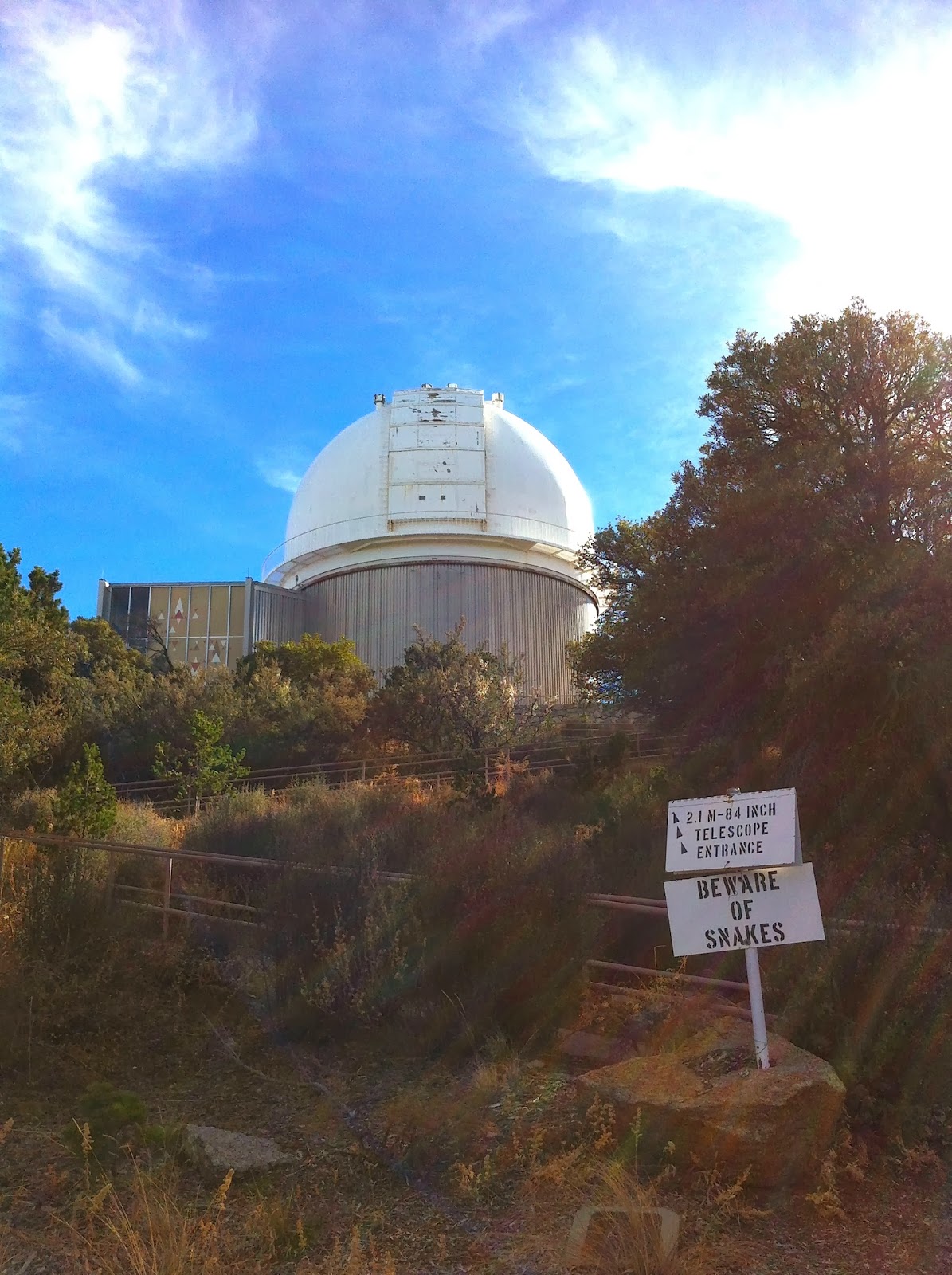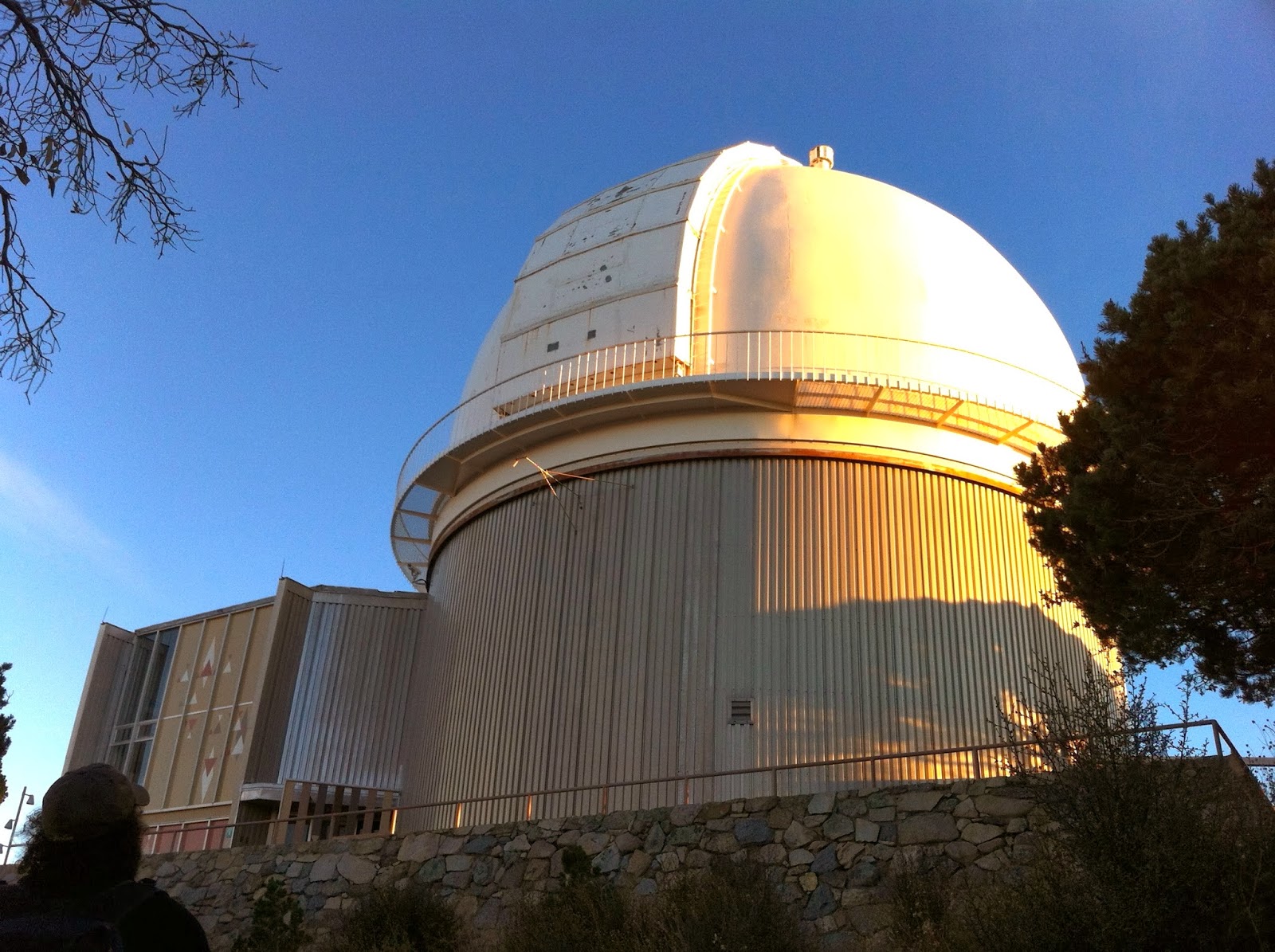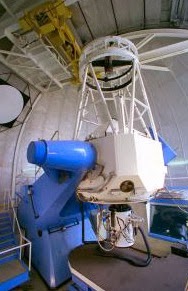Naming things has incredible power. As a writer, I have a great deal of faith in the power of words. Naming focuses our thoughts, makes them more clear, and changes our relationship with the object (or person) in question. Naming creates a written and oral history for an object. Conquerors and colonists have long known the power of names. They have renamed objects and forced people to take new names in order to exert their power over them. Renaming obscures the past, allowing for the new regime to more fully fill the minds of the people.
Naming is language. Language is culture.
So we need to exercise some care when naming. As any parent knows, it can be agonizing to finally choose a name for a child. After all, a name is forever. Well, until it is changed or forgotten, anyway.
When I was just a kid, my father bought me a gift - my name on a star, as certified by one of those "star registration" companies. At the time I thought it was great - I also thought it was completely official. After all, the certificate was impressive and said the name was "insured." I was really pleased with the gift, until I became an astronomer myself and found out that the name wasn't "real" at all. That is, no official scientific body, society, or nation recognizes these "registered" names. I was very disappointed. I didn't mention anything to my father since I didn't want him to know that the star in question would never be referred to by my name.
There is another company active today that, instead of registering star names, registers the names of craters and other features on the planet Mars. I have very mixed feelings about this. The major con to the situation is that the names are not "real". Again, they are not recognized by any official society or scientific naming body. I don't like the idea of someone being disappointed when they realize that money was spent to place a name on a "people's map" of Mars, and not to officially, scientifically, name an object on another planet.
Another con is that money is required to do this. How much of a "people's" map is it really, when names must be bought? This creates a situation where only those with monetary privilege can name an object.
But there are pros to the situation. The money raised is being used for research and education efforts. And some people don't care if the name isn't official, they just like the idea, and enjoy the experience of naming. It puts them in touch with space, and opens new ways for them to be engaged and interested.
It is a confusing and complicated issue, this naming of astronomical objects.
The only really official naming body is the International Astronomical Union (IAU). They have a somewhat lengthy process for assigning a name, since each body has a theme. But no money is required to propose a name, and for the most part, any reasonable name for a major feature will be accepted, eventually. Not always - a coauthor and I were unable to get a name for a certain channel on Mars, and so ended up having to refer to it as the "unnamed channel" in an actual research paper published in a journal.
Which brings up part of the problem here. There are now more features, asteroids, and extrasolar planets to name than the IAU can keep up with. (Note that some of these have been assigned numbers or identification tags, but not names.) Their process works relatively well for small numbers of major features, but not the inundation of small features and worlds being identified by current space missions. So how do we arrange to name things so that the names are there as soon as we need them, but also are chosen with care and assigned properly?
Some would say the "people's map" is the answer. Others might say it is too random, and too rarified with only those with disposable cash being able to contribute to the effort. I don't have the answer. I do wish that my "unnamed channel" had been named properly. But I also wish my star had been "officially" named as well. How do you get it both ways?
Still, my little personal story has a very happy ending. My star name might not be official, but I was indeed honored with my name on an asteroid. A real, official name based on my contributions to science and education -
7807 Grier Wow. :)
What are your ideas for naming objects? What is legitimate in your eyes? How do we solve the problem of needing to name a large number of objects well and quickly? It is a complex matter of the power names, the productivity of our work in scientific research and exploration, and the privilege of those who get to name, and why.
Image Credit: NASA/JPL-Caltech/ASU
 Amongst the crazy things one can do in November is to decide to write 50,000 words in 30 days, i.e. the NaNoWriMo challenge. I've done this five years running now and I do like to keep up a good streak.
Amongst the crazy things one can do in November is to decide to write 50,000 words in 30 days, i.e. the NaNoWriMo challenge. I've done this five years running now and I do like to keep up a good streak.














